How Stress Affects Pain (And What To Do About It)
We all know that stress affects how we feel, but did you know it can affect pain?
Here’s a quick rundown of stress as a general concept.
Stress is the body's response to any demand or challenge. This challenge can be physical, emotional, or psychological, disrupting its balance or sense of stability.
Another way to think of stress is that the demands placed on you exceed your perceived ability to cope with them. This can be triggered by external events (like work pressure, illness, or significant life changes) or internal factors (like self-criticism or perfectionism).
Stress isn’t always negative. Positive stress is sometimes called eustress. However, when it becomes chronic or overwhelming, it can have a significant impact on your health, performance, and overall well-being.
We also know that coping with stress is a huge part of living a better life. But a lot of the advice in this area is “squishy” and vague. In this blog, I aim to provide a more concrete understanding of how stress affects pain and what to do about it.
If you want more info about what I do, click this button.
The Cup Analogy for Pain Management
I’m going to share a very useful analogy that can help you learn to manage stress, pain, and training in the short term AND long term. While it is true that you often need to think about what you need in the moment, but if you never think about a longer-term strategy, you'll get stuck.
Imagine your capacity for stress as a cup. It has a certain size, shape and integrity of construction. The stress (physical, mental, emotional, etc.) in your life is like water that goes into the cup. You'll probably feel fine as long as your cup is big enough to contain the water (stress) you put into it.
We start to have trouble when our cups overflow (too much stress for our current capacity). Physical stress, like training and lack of sleep, are often the most obvious stressors, but mental and emotional stress add to this load just as much (sometimes more).
When people ask me for help, their "cup" is often overflowing. Chronic or acute, they have overstressed their systems and can no longer recover adequately. This can lead to pain, injury, low energy, and other health issues.
How To Manage Stress For Pain Relief
There are two possible strategies for dealing with an overflowing cup:
Take water out of the cup
Get a bigger cup
In this analogy, "taking water out of the cup" refers to decreasing stress. For my patients, this often involves training modifications, such as decreasing intensity or volume, but also includes things like adjusting their work schedule or getting more help at home.
This is typically the most important short-term strategy, as it can be implemented very quickly. Within a few days, we can make a difference here. Removing water from the cup allows your body to conserve some energy to prioritize the healing process. You won't be in survival mode anymore.
In the image below, the size of the cup remains constant, but the amount of water inside it decreases. No more overflowing, so you feel better.
However, you can only use this strategy for a limited time. Stress is inevitable, so we need to learn how to manage it effectively. We need a bigger cup.
How To Build Stress Resilience
"Getting a bigger cup" means increasing your capacity for stress. This includes improving mobility, strength, power, and endurance, as well as getting more sleep, increasing protein intake, hydrating more, learning new coping skills to manage stress, practicing meditation, and other healthy habits.
This is the long-term strategy. The only way to build a "bigger cup" is to consistently train your body and mind, allowing them to become more resilient over time. This will mean you can handle the same (or more) stress without issues.
In this image, the amount of water in both cups is the same, but the cup on the right is bigger. More stress capacity, more resilience.
The trick is to understand whether you need to prioritize "taking water out of your cup" or "building a bigger cup."
Here’s my advice on this:
If you are dealing with an injury or acute pain, you mostly need to take water out of the cup/decrease stress. Do this in a targeted way whenever possible. For example, if you are dealing with a shoulder injury, modify your training for that body part, but continue with strength and conditioning exercises for the rest of your body. This will keep your overall cup from shrinking while you work on your shoulder.
This also applies to a very stressful (but short-term) time of life. If you know you will be going through a very stressful time (such as travel, moving, or changing jobs), take some things out of your cup before and during this period to give yourself a better chance to cope.
If you are having recurring issues with a certain body part and/or feel like you can never make progress, you probably need to focus more on building a bigger cup. Do you need to be more consistent with training? Is there a type of exercise you neglect that you need more of? Do your nutrition, hydration, and sleep habits need improvement?
This also applies to stressful life changes that are long-term (increased caregiving responsibilities, chronic medical issues, etc.). You need to build long-term resilience to deal with these kinds of things effectively.
As you can see, we are not EITHER "taking water out of the cup" OR "building a bigger cup." We prioritize one or the other based on your needs at a specific time, while keeping the long-term context in mind.
I hope this analogy makes sense. I know it has been very useful for me and my patients. If you'd like to discuss your specific situation or work with me directly, please reach out by clicking below. I’d love to chat.


